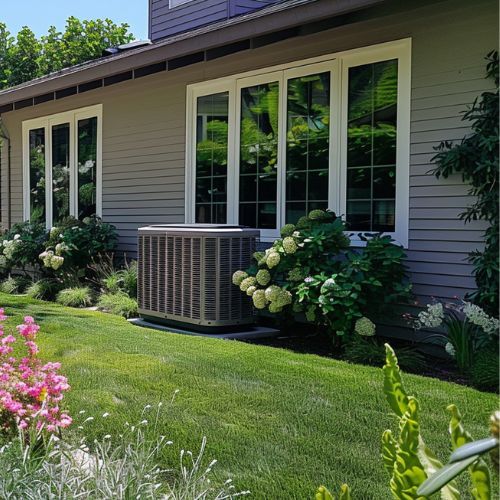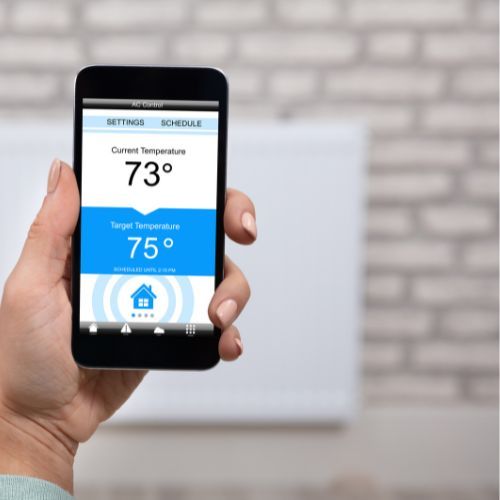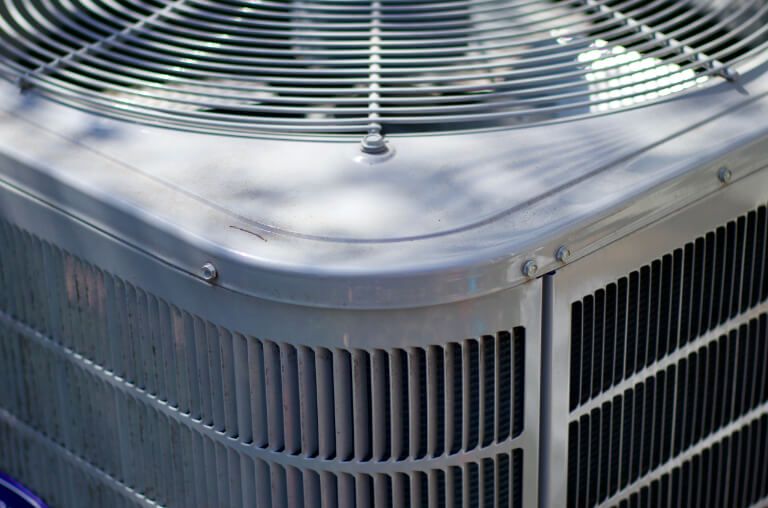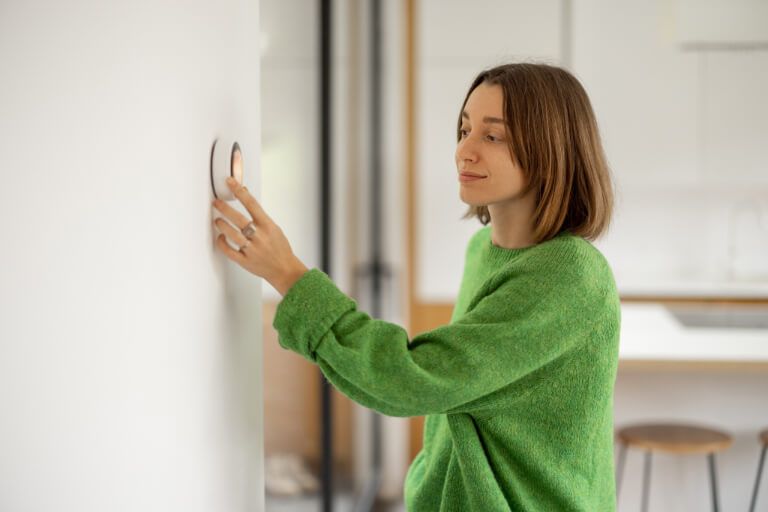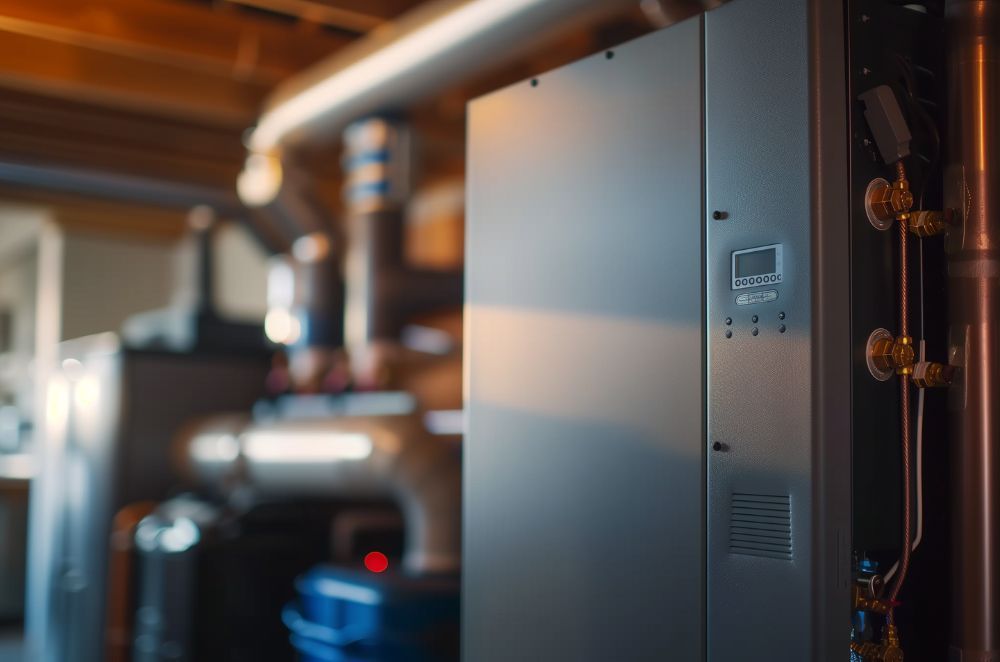How to Choose the Right HVAC Company in Sonoma & Marin Counties
Key Takeaways
- A reputable HVAC company should offer licensed technicians, transparent pricing, and proven experience with heating, cooling, and plumbing systems.
- Homeowners in Sonoma and Marin counties should look for local expertise, reliable customer support, and fast scheduling, especially during extreme weather seasons.
- Choosing the right HVAC partner saves money long-term, improves comfort, and ensures safe, high-quality work on furnaces, heat pumps, ACs, and more.
Finding the right HVAC company in Sonoma or Marin County can feel overwhelming. Whether you need a simple furnace repair or a full heating and cooling replacement, you want a partner you can trust: one that shows up on time, provides honest recommendations, and stands behind their work.
With year-round comfort needs, wildfire smoke concerns, coastal humidity, and Wine Country drought conditions, homeowners here face unique HVAC challenges. That’s why choosing an HVAC company with real local expertise is essential.
This guide breaks down what to look for, the questions to ask, and how to make the right choice for your home and budget.
Why Does Choosing the Right HVAC Company Matter?
Your HVAC system is one of your home’s biggest investments. If it’s not installed, repaired, or maintained properly, you could end up with:
- Higher utility bills
- Frequent breakdowns
- Reduced system lifespan
- Poor indoor air quality
- Voided equipment warranties
The right company helps you avoid all that. They keep your home comfortable, your air clean, and your equipment working efficiently for years.
What Licensing and Certifications Should You Look For?
In California, HVAC companies must be licensed under the Contractors State License Board (CSLB). You can verify any contractor here.
A professional HVAC company in Sonoma or Marin should have:
- An active CSLB license (C-20 or C-36 for plumbing)
- Fully trained and background-checked technicians
- Insurance and bonding
- EPA 608 certification for handling refrigerants
When you schedule service with us, you’re always working with a licensed, insured, and properly trained HVAC team.
How Important Is Local Experience?
Very important, especially in Sonoma and Marin counties. The microclimates here change dramatically from the foggy coast to the sunny inland valleys.
Local experience matters because:
- Homes in Santa Rosa and Petaluma face different heating needs than homes in Mill Valley or Tiburon.
- Many Wine Country homes deal with wildfire smoke and need advanced indoor air quality solutions.
- Older homes in Marin often require duct modifications or custom HVAC design.
An HVAC company familiar with the area knows how to handle these challenges efficiently.
What Should You Expect From a Quality HVAC Consultation?
A professional company doesn’t just glance at your system, they take time to understand your home, comfort expectations, and energy goals.
A proper consultation should include:
- A full system evaluation
- Indoor air quality assessment
- Ductwork inspection
- Efficiency recommendations
- Honest repair vs. replacement guidance
- Transparent pricing
When you schedule a consultation with us, we walk you through every option clearly, so you can make the best decision for your home.
Need a trustworthy HVAC team in Sonoma or Marin? Contact Elevated Comfort today for expert service, honest advice, and fast scheduling.
Does the Company Offer Full HVAC Services?
Some contractors only service heating and cooling. But homeowners benefit most when a company can provide:
- Furnace installation & repair
- Air conditioning repair & installation
- Heat pump installation & maintenance
- Ductless mini-split systems
- Smart thermostat installation
- Water heater repair & replacement
- Indoor air quality solutions
- Maintenance plans
A full-service provider eliminates the hassle of juggling multiple contractors.
What Do Their Reviews Say?
Customer reviews matter. Look for comments about:
- Response time
- Professionalism
- Fair pricing
- Clean workmanship
- Accurate diagnostics
- Long-term performance
Consistent positive feedback usually means reliable, trained technicians and good service culture.
Does the HVAC Company Offer Maintenance Plans?
Regular maintenance is key to system efficiency and preventing breakdowns. A trustworthy HVAC company will offer:
- Annual or biannual tune-ups
- Priority scheduling
- Discounts on repairs
- Proactive reminders
- System health reports
- Special offers
A maintenance plan is one of the best ways to protect your investment, keep energy bills down, and avoid unexpected failures.
How Fast Can They Respond in an Emergency?
In Sonoma and Marin counties, HVAC emergencies often happen at the worst time: heat waves, cold snaps, or wildfire smoke conditions.
A reliable HVAC partner should offer:
- Fast scheduling
- Clear communication
- Skilled technicians available for urgent repairs
When your comfort or safety is at stake, waiting several days for service isn’t an option.
What About Pricing Transparency?
A professional HVAC company should make pricing clear before any work begins. You should receive:
- Upfront estimates
- No hidden fees
- Honest repair vs. replacement guidance
- Financing options for major upgrades
You should never feel pressured or rushed into a decision. When you work with us, you get straightforward options that fit your home and budget.
Why Elevated Comfort Is a Trusted Choice in Sonoma & Marin Counties
When you schedule HVAC service with us, you get a team that’s committed to:
- Clear communication
- Upfront pricing
- Respectful, licensed technicians
- High-quality workmanship
- Long-term comfort solutions
- Local expertise tailored to Wine Country homes
We understand the unique demands of Sonoma and Marin counties, from coastal moisture to valley heat to wildfire smoke, and we build HVAC solutions that stand up to all of it.
Looking for a reliable HVAC company in Sonoma or Marin? Schedule your appointment with Elevated Comfort today and experience comfort, clarity, and expert service from the team your neighbors trust.
FAQs
1. How do I verify that an HVAC company is properly licensed?
Visit the California CSLB lookup site to check license status, insurance, and complaint history.
2. What questions should I ask during an HVAC estimate?
Ask about system sizing, airflow testing, warranty coverage, installation timeline, and whether repair is a better option than replacement.
3. How do I know if an HVAC company is reputable?
Look for positive reviews, proper licensing, clear estimates, and technicians who take the time to explain their recommendations.
4. Should I choose the cheapest HVAC bid?
Not necessarily. Low bids often reflect shortcuts, unlicensed labor, or lower-quality equipment. Choose value, not just price.
5. How soon should I schedule HVAC service when I notice a problem?
Right away. Small issues like weak airflow or strange noises can become major repairs if ignored. A reliable company will address the issue quickly.

